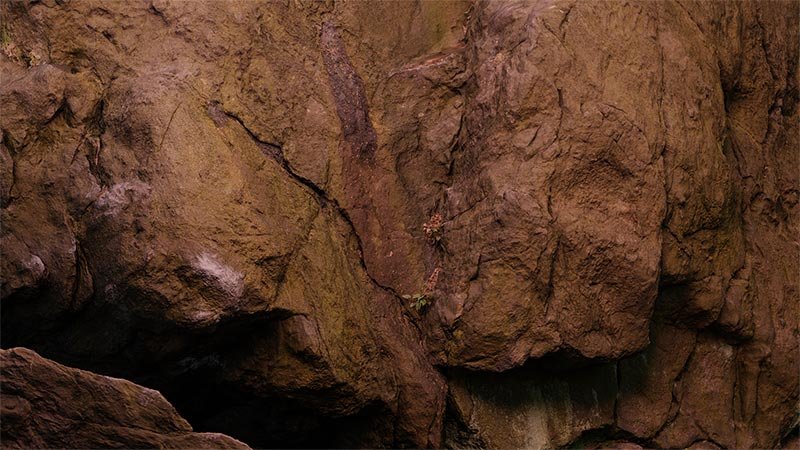LiDAR Scanning for Virtual Production
Virtual production is revolutionizing the Media & Entertainment industry, merging physical and digital realms to create immersive film and TV experiences. At the heart of this transformation is 3D scanning technology, which plays a pivotal role in accurately capturing environments and props for seamless integration into virtual worlds. Utilizing advanced techniques like LiDAR and photogrammetry, MYND Workshop provides the foundational assets needed for virtual sets, enhancing storytelling with unparalleled realism.
The Core of Virtual Production: Integrating Real with Virtual
Virtual production leverages 3D scanned assets to construct detailed virtual environments, allowing for real-time interaction with digital worlds. This method not only accelerates the production process but also enhances creative control, enabling directors to visualize scenes with real actors in meticulously crafted digital landscapes. The integration of camera tracking technologies ensures that every movement within the studio is mirrored in the virtual space, creating a cohesive blend of performance and digital artistry.
Leica BLK360 Laser Scanner scanning the streets of an old city center in France
Film camera with camera tracking equipment in front of virtual production stage
From Scanning to Screen: The Workflow
The journey from 3D scanning to the final frame involves several critical steps. Initially, environments and objects are scanned using LiDAR and photogrammetry, capturing every detail for digital replication. These scans are then processed, creating detailed meshes and models ready for integration into virtual production platforms like Unreal Engine. The real-time rendering capabilities of these platforms allow for immediate feedback on set, ensuring that the digital elements perfectly complement the live action.
LiDAR Scanning a historic house
3D Model of historic house integrated within Unreal Engine scene
The Advantages of Virtual Production
Virtual production offers numerous benefits over traditional filmmaking methods. By capturing accurate lighting and reflections, it surpasses the limitations of green and blue screens, providing a more natural and immersive lighting setup. Additionally, the ability to shoot complex scenes 'in camera' reduces the need for extensive post-production, saving both time and resources. This innovative approach not only streamlines the production process but also opens up new creative avenues for Media & Entertainment industries, allowing for dynamic storytelling and visual effects that were previously unattainable.
Raw 3D mesh made using Photogrammetry & LiDAR with flat lighting (rock face and environment from Central Park)
Virtual lighting of a 3D Model within Unreal Engine (rock face and environment from Central Park)
Frequently Asked Questions
-
Virtual production merges real-time visual effects and digital environments with live-action footage, allowing filmmakers to interact with their digital surroundings directly on set, offering greater creative flexibility and realism.
-
3D scanning captures detailed environments and objects, creating accurate digital twins for virtual sets. This ensures seamless integration of actors with digital backgrounds, enhancing visual coherence and interaction on set.
-
The cost-effectiveness of virtual production varies based on project scale and complexity. While upfront technology investments can be high, savings in location shoots, set construction, and post-production can make it a cost-efficient alternative for many projects.






